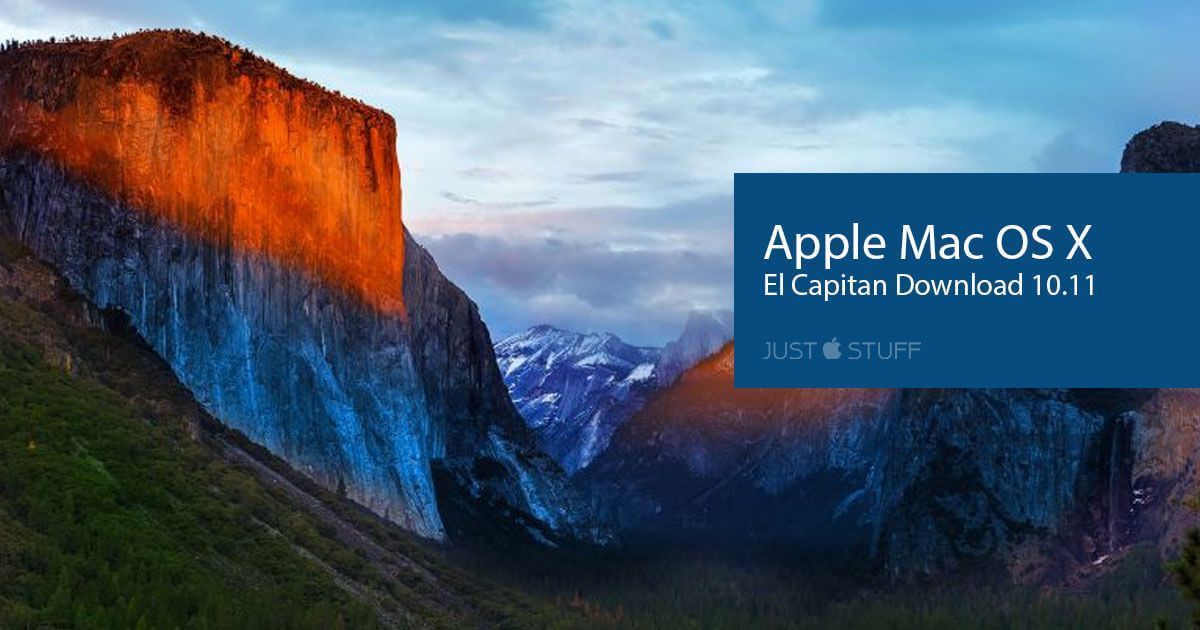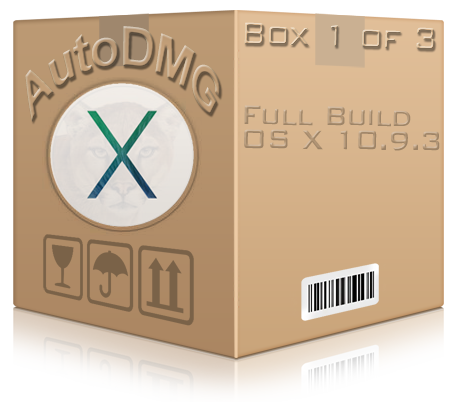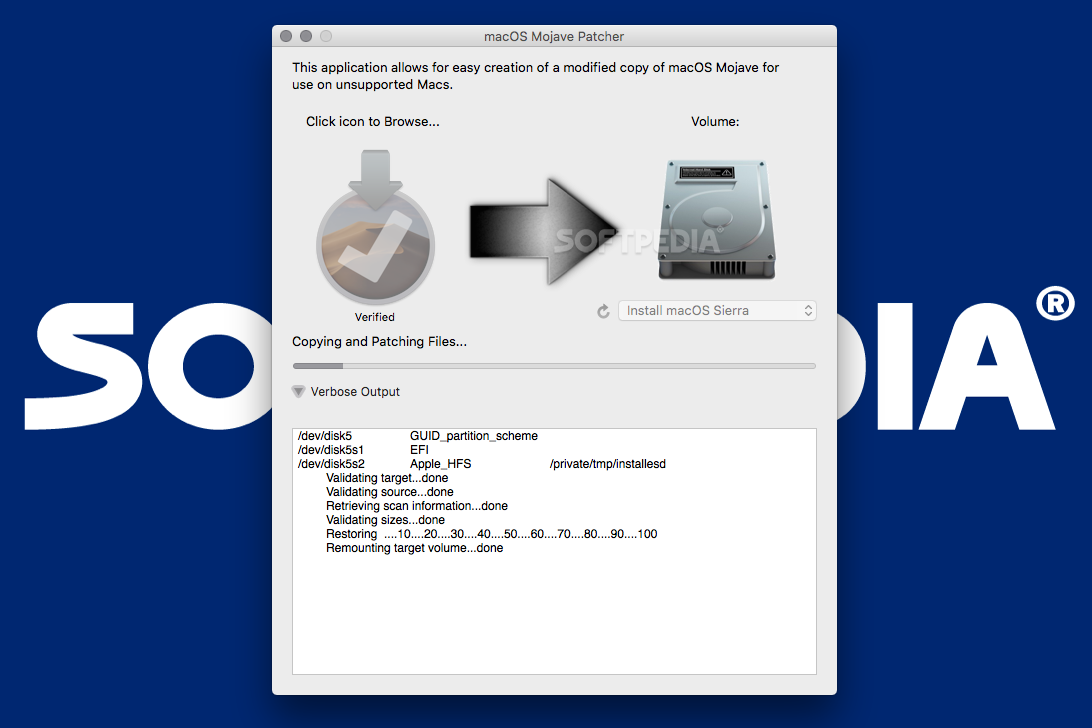- Mac Os El Capitan Patcher Tool For Unsupported Macs
- Mac Os El Capitan Patcher Tool For Unsupported Macs Windows 7
- Mac Os Patcher Big Sur
OS X El Capitan on Unsupported Macs macOS Extractor, OS X Patcher, and MacPostFactor are apps that guide you through patching and installing OS X El Capitan (10.11), Yosemite (10.10), Mavericks (10.9), or Mountain Lion (10.8) on your older Mac. This thread focuses on OS X El Capitan. WARNING: 2018-001 security update doesn't work atm (won't boot).
Updates- Nov 11, 2015 3 thoughts on “ fixed: install OSX 10.11 ElCapitan on unsupported Macs ” TopHatProductions115 on at 17:55 said: Sounds like a plan – I’ll see if I can get my black Macbook 4,1 to run in style!
- A huge thank you to Collin Mistr for developing and sharing his macOS Sierra Patcher Tool for Unsupported Macs. Mistr is a member of our Low End Mac group on Facebook, and he’s been sharing this tool ever since he figured out how to install the first public beta of Sierra.
Important Notes:
- Using APFS is REQUIRED in Mojave in order to receive system updates via the normal Software Update method. If you choose to continue using macOS Extended (Journaled) as your filesystem type, you will NOT receive System Updates via System Preferences. If you are not using APFS, you can follow the 10.14.1 installation steps below.
- After applying ANY system update via Software Update, re-applying post-install patches using your Mojave Patcher installer volume will most likely be necessary. If you install a software update and the system fails to boot afterwards, this is what needs to be done.
10.14.6
10.14.6 can be updated normally via Software Update if using an APFS volume, and will need to be patched using an installer volume created with Mojave Patcher version 1.3.2 or later after installing.

10.14.5
10.14.5 can be updated normally via Software Update if using an APFS volume, and will need to be patched using an installer volume created with Mojave Patcher version 1.3.1 or later after installing.

10.14.4
10.14.4 adds new changes that ARE NOT patchable by the post-install tool of Mojave Patcher v1.2.3 and older! Before updating to 10.14.4, you you will need to use the latest Mojave Patcher version to create a new installer volume, using the 10.14.4 installer app. Then, update to 10.14.4, either by installing via Software Update, or by just using the installer volume you've created to install.
10.14.3
If you are currently running 10.14.1 or 10.14.2, you can simply use the Software Update pane of System Preferences (if using APFS) to apply the 10.14.3 update. Once the update is installed, you will most likely need to re-apply post-install patches to get the system to boot again. This process is detailed in steps 8 - 10 above. If you are currently running 10.14.0, you'll need to proceed with the 10.14.1 update method described below.
10.14.2
If you are currently running 10.14.1, you can simply use the Software Update pane of System Preferences (if using APFS) to apply the 10.14.2 update. Once the update is installed, you will most likely need to re-apply post-install patches to get the system to boot again. This process is detailed in steps 8 - 10 above. If you are currently running 10.14.0, or are using a non-AFPS volume, you'll need to proceed with the 10.14.1 update method described below.
10.14.1/macOS Extended (Journaled) volumes
The Mojave 10.14.1 update does NOT install properly on unsupported machines, and could result in an unbootable OS. If you want to install the 10.14.1 update (and are not currently running 10.14.1), perform the following steps:
• Download the latest version of Mojave Patcher
• Download the installer using the Tools menu of Mojave Patcher
• Create a patched USB installer
• Boot from that, and install 10.14.1 onto the volume containing an older release.
• Once done, apply the post-install patches, and you should now be on 10.14.1.
With macOS Sierra, Apple has once again raised the bar on which Macs can install and run the newest version of the Mac OS. But as sometimes has happened in the past, there are workarounds that make it possible to install Sierra on some unsupported Macs.
A huge thank you to Collin Mistr for developing and sharing his macOS Sierra Patcher Tool for Unsupported Macs. Mistr is a member of our Low End Mac group on Facebook, and he’s been sharing this tool ever since he figured out how to install the first public beta of Sierra. Several members of our group have used the tool and shared their results.

Apple Requirements for macOS Sierra
Your Mac must have at least 2 GB of memory and 8.8 GB of available storage space. You must also be running Mac OS X 10.7 Lion or later. (For those still on OS X 10.6 Snow Leopard, you can upgrade to OS X 10.11 El Capitan for free and then install macOS Sierra.)
Mac Os El Capitan Patcher Tool For Unsupported Macs
- Late 2009 iMac or newer
- Late 2009 MacBook or newer
- Mid 2010 MacBook Pro or newer
- Mid 2010 Mac Pro or newer
- Mid 2010 Mac mini or newer
- Late 2010 MacBook Air or newer
All Macs introduced in the past six years are supported, as well as the consumer MacBooks and iMacs from late 2009, which are almost 7 years old. The official macOS Sierra installer will refuse to install on anything older.
Real Hardware Requirements for macOS Sierra
Again, your Mac needs at least 2 GB of RAM and 8 GB of available storage, and you’ll need a USB drive (thumb drive or hard drive) at least 8 GB in size. You will also need a Mac with an Intel Penryn Core 2 Duo or later CPU, since Sierra requires SSE4.1 – and older versions of the Core 2 Duo, such as Merom, and older Xeon chips (used in the Mac Pro) don’t have it.
mac OS Sierra Patcher Tool for Unsupported Macs supports the followining:
- Early 2008 Mac Pro or newer
- Early 2008 iMac or newer
- Early 2008 MacBook Pro or newer
- Late 2008 MacBook Air or newer
- Early 2009 MacBook White or newer
Where Apple only supports some Late 2009 and Mid 2010 Macs, Mistr’s patch supports all Early 2009 Macs, some Late 2008 Macs, and even some Early 2008 Macs. We have a full list of Macs that can unofficially install Sierra using using the Unsupported Sierra tag. We will also be updating these profiles with #unsupportedsierra as time permits.
You Can Install It, But…
That’s a lot more low-end support than Apple offers, so what’s the catch?
There has been an issue with some of the Apple AirPort hardware in older Macs, but other than that, it’s pretty much clear sailing. The AirPort support depends on which WiFi module your Mac uses. If it is not the Broadcaom BCM4321, you’re set.
Other issues include the trackpad in the 2009 MacBooks and loss of volume control on the Early 2008 iMac. Details below.
Unsupported Devices
- The Broadcom BCM4321 WiFi module used in many older Macs is not supported. You will need to replace it with a compatible module or use a USB WiFi dongle. Models that may have this module include:
- Early 2008 Mac Pro (MacPro3,1)
- Early 2009 and Mid 2009 MacBook (MacBook5,2)
- Early 2008 and Late 2008 MacBook Pro (MacBookPro4,1) but the 15″ Late 2008 MacBook Prois supported
- Early 2008 iMac (iMac8,1)
- Early 2009 and Late 2009 Mac mini (Macmini3,1)
- Late 2008 and Mid 2009 MacBook Air (MacBookAir2,1).
- The trackpad in the Early 2009 and Mid 2009 MacBooks is not fully supported. Sierra sees it as a standard mouse; you cannot change the trackpad orientation settings.
- Some Early 2008 iMacs have an audio issue that will not let you adjust sound volume.
Mac Os El Capitan Patcher Tool For Unsupported Macs Windows 7
Real World macOS Sierra Requirements
Memory
Sure, you can install and run macOS Sierra on a 2 GB Mac, but you’re not likely to be happy with system performance. You have a couple browsers running or several tabs in one browser, and that amount of memory will really hobble performance.
Heck, I find 3 GB on my 2.0 GHz 2007 Mac mini with OS X 10.6 Snow Leopard barely adequate. Then again, I often have 3-4 browsers running, many open tabs, and some additional apps.
My 2.0 GHz Late 2008 Aluminum MacBook has been running OS X 10.9 Mavericks and 10.11 El Capitan decently with 4 GB of memory, and that should be adequate for most users. Power users, however, will want at least 8 GB of memory.
A Fast Drive
Nothing will make your aging Mac seem fast like a Solid State Drive (SSD). Where hard drives are limited in how fast they can read data off a spinning platter, SSDs have no such limitation. Speed is almost completely limited by the speed of the SATA connection in your older Mac. Macs with 1.5 Mbps SATA will seem very fast with an SSD, those with 3.0 Mbps SATA will seem wicked fast, and those with 6.0 Mbps SATA will seem insanely fast.
SSDs have become very affordable over the past year. I have 256 GB and 480 GB SSDs in my Mac mini and MacBook respectively, and they made a world of difference.
If you need really high capacity or are on a very tight budget, look into newer 7200 rpm hard drives to replace your older hard drives. Newer drives tend to be faster and have larger data buffers, which boosts performance.
A third option if hybrid hard drives, which are part hard drive and part SSD. The drive itself manages which files are on the SSD and which remain on the hard drive platters, much like Apple’s Fusion Drive. I have tried hybrid, and while it was nicer than a straight hard drive, it doesn’t compare with a full fledged SSD. For some users in some applications, though, it might be a perfect mix of hard drive capacity and sometime SSD throughput.
In Closing
Mac Os Patcher Big Sur
We Mac geeks have had a long history of hacking Mac OS X to run on unsupported hardware – starting with OS X 10.2. The biggest success was probably the unsupported installer hack for OS X 10.5 Leopard, allowing easy installation on Macs with G4 CPUs below the official 867 MHz threshold.
Collin Mistr’s patch is the same kind of thing for macOS Sierra. If your Mac is not supported by Apple but is by Mistr’s patch, give it a try. I think you’ll like it.
Keywords: #macossierra #unsupportedmacs #unsupportedsierra
Short link: https://goo.gl/InL5NS
searchword: unsupportedsierra